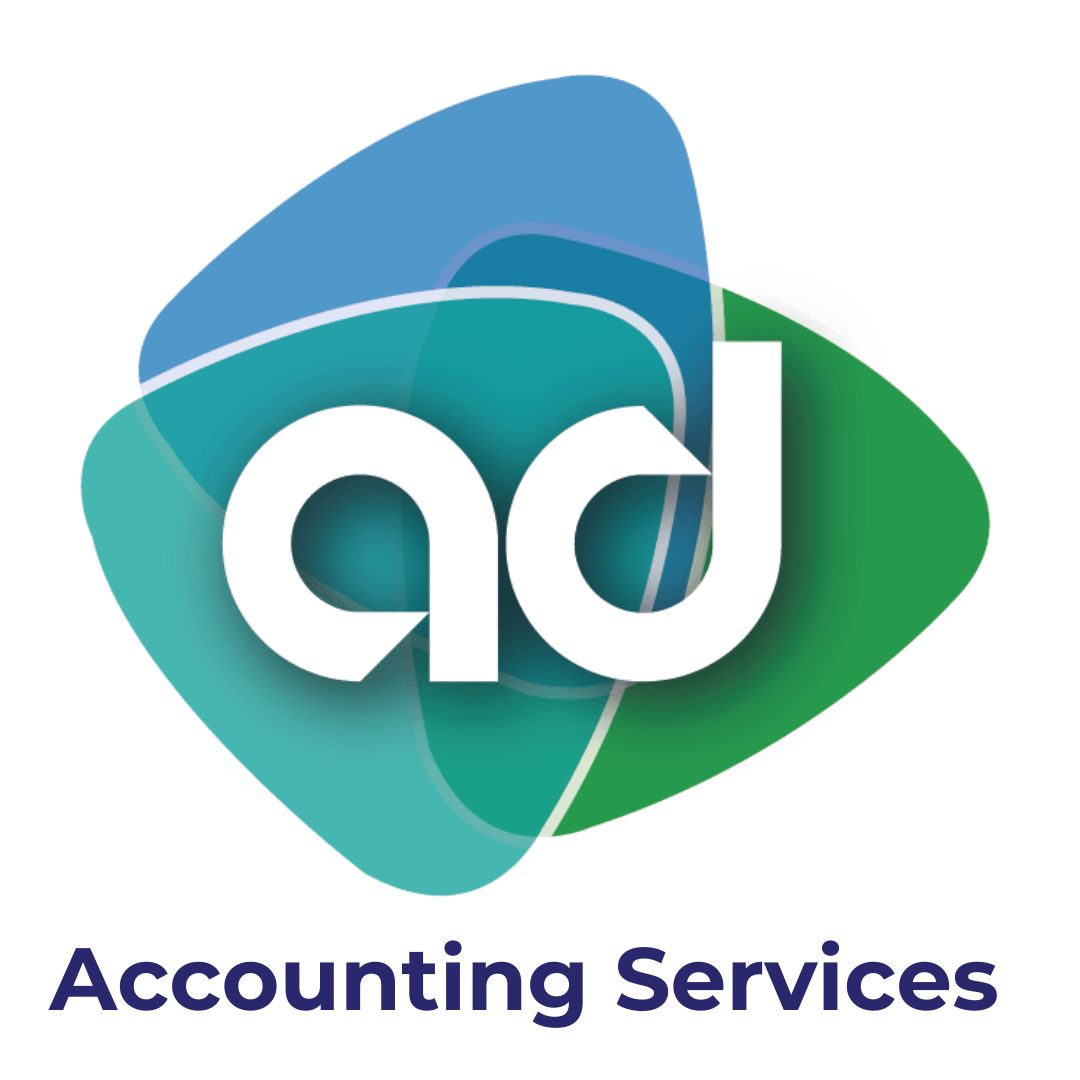Worried about managing your business’s finances effectively? A well-prepared cash flow forecast could be the key to securing your business’s financial health and success. Get ready to learn how to craft a forecast that not only provides clarity on your financial status but also equips you to make informed decisions for growth.
Introduction
Cash flow is the lifeblood of any business. Without careful tracking of the money entering and exiting your accounts, it’s easy to lose sight of your financial health and make poor decisions. A cash flow forecast helps you understand your cash position, ensuring that your business stays afloat and thrives.
Creating an accurate forecast is not just about crunching numbers; it’s about enabling finance management that leads to better business planning, improved efficiency, and the confidence to seize opportunities. In this article, we’ll walk you through the process of creating a cash flow forecast that sets your business up for long-term success.
Understanding the Importance of a Cash Flow Forecast
A cash flow forecast is more than a mere prediction of income and expenses. It’s a comprehensive financial strategy tool.
- Financial Planning and Decision-Making: A forecast helps you make timely decisions, like when to hire staff, purchase equipment, or seek funding.
- Avoid Cash Shortfalls: Regularly forecasting your cash flow helps you anticipate potential cash crunches, ensuring you’re ready for upcoming expenses.
- Better Loan Management: Banks and investors may require a cash flow forecast to assess your business’s financial health and ability to repay debt.
By understanding its significance, you can ensure your business always has the liquidity to operate efficiently.
Step 1: Gather Accurate Financial Data
To create a reliable cash flow forecast, you need to start by collecting data from all sources of income and expenses.
- Sales Projections: Forecasting future sales is crucial. Use past sales data to identify patterns, seasonality, and growth trends.
- Expenses Overview: Include all operating expenses such as rent, utilities, wages, and taxes. Don’t forget periodic payments like insurance premiums or annual subscriptions.
- Accounts Receivable and Payable: Track when you expect to receive payments from clients and when you need to pay suppliers to accurately time your cash inflows and outflows.
AD Accounting Service can help you maintain accurate records, simplifying the process of gathering your financial data.
Step 2: Choose the Right Cash Flow Timeline
The timeline of your cash flow forecast depends on your business needs.
- Weekly or Monthly Forecasting: Ideal for startups or businesses with frequent cash movements. It provides a short-term view, allowing for quick adjustments based on your regular financial reviews.
- Quarterly or Annual Forecasting: This is suited for established businesses with stable cash flows. It provides a long-term perspective, enabling better planning for larger expenses and investments.
Choosing a timeline helps you align your forecast with your financial goals and business operations.
Step 3: Use a Cash Flow Formula for Projections
A simple yet effective cashflow formula is the foundation of any cash flow forecast:
Starting Cash Balance + Projected Cash Inflows – Projected Cash Outflows = Ending Cash Balance
- Starting Cash Balance: The amount of cash you have on hand at the beginning of the period.
- Projected Cash Inflows: Expected income from sales, loans, interest, or other revenue streams.
- Projected Cash Outflows: All anticipated expenses like rent, payroll, utilities, and inventory costs.
This formula helps determine whether your business will have a positive or negative cash balance, providing you with clear insights into your liquidity.
Step 4: Incorporate Tools and Technology
Using the right tools can greatly simplify cash flow forecasting and improve your business efficiency.
- Spreadsheets for Customization: Software like Excel or Google Sheets can be a good starting point for cash flow forecasts. Templates are available to help get you started quickly.
- Cloud-Based Accounting Software: Tools like QuickBooks, Xero, or Wave allow automated tracking of cash flow, provide real-time updates, and offer customizable reports.
- Outsourcing Accounting Needs: If managing forecasts becomes overwhelming, consider outsourcing accounting to professionals. AD Accounting Service can offer tailored solutions to support your financial management.
Utilizing the right technology ensures your cash flow forecast is accurate, up-to-date, and easy to maintain.
Step 5: Monitor, Review, and Adjust Regularly
A cash flow forecast is a living document that needs regular reviews and adjustments to stay effective.
- Regular Financial Reviews: Schedule regular financial check-ins to review your cash flow projections against actual results. Weekly or monthly reviews can help spot trends or discrepancies early on.
- Adjust for Changes: Market dynamics, unexpected expenses, or shifts in customer demand can impact your forecast. Regular updates keep your forecast relevant and useful.
- Set Financial Targets: Use your forecast to establish cash flow goals, like maintaining a specific cash balance or achieving certain revenue targets within a period.
By regularly monitoring and adjusting your forecast, you ensure it stays aligned with your business goals and the ever-changing financial landscape.
Step 6: Using the Cash Flow Forecast for Better Decision-Making
The power of a cash flow forecast lies in its ability to guide your financial decisions.
- Planning for Growth Opportunities: Whether expanding your business or launching a new product, your forecast helps you assess if you have the cash reserves to support these initiatives.
- Managing Financial Risks: By anticipating potential shortfalls, you can make adjustments, like cutting costs or securing funding before cash flow problems arise.
- Improving Business Efficiency: A clear picture of your cash flow helps identify unnecessary expenses or inefficiencies, allowing you to optimize your budget.
Properly leveraging your cash flow forecast allows you to make data-driven decisions that promote stability and growth for your business.
Conclusion: Cash Flow Forecasting for Business Success
Creating a cash flow forecast isn’t just a financial exercise—it’s a roadmap for your business’s future. By predicting your cash flow accurately, you gain the ability to manage finances effectively, seize growth opportunities, and avoid financial surprises.
Start by collecting reliable data, choosing the appropriate timeline, and using the right tools to craft your forecast. Regularly reviewing and adjusting your forecast will ensure it remains relevant and aligned with your business goals, helping you make informed decisions.
Ultimately, an effective cash flow forecast empowers your business to grow with confidence, allowing you to drive success and achieve your financial goals. Trust the process, and consider partnering with financial experts at AD Accounting Service to make sure your forecasts are as accurate and actionable as possible.

